Rick Rubin has been the producer mastermind behind some of the most iconic records and musical movements in modern history, and Tom Petty’s 1993 Greatest Hits compilation is no exception. Rubin helped bring the Heartbreakers back from the brink of their previous commercially unsuccessful records at a unique time in the band’s history.
Videos by American Songwriter
While some artists’ greatest hit compilations are an exciting celebration of their career, Petty’s was a contractual obligation. Eager to leave MCA for Warner Bros., Petty came to an agreement with MCA to record a compilation, and, in return, MCA would scrap the last album in Petty’s contract. But there was a caveat: Petty needed to include at least two new songs.
Thanks to Rubin, one of those tracks became one of Petty’s most iconic hits.
How Rick Rubin Helped Save One Of Tom Petty’s Greatest Hits
By the time Tom Petty got around to recording his Greatest Hits album, the Heartbreakers frontman was on the verge of burnout. The compilation was a chore, not a passion project, so Petty struggled to put much effort into the creative process. In a 2016 retrospective for Rolling Stone, Rick Rubin recalled Petty giving him a demo tape of songs he never released. “It wasn’t like, ‘These are great new songs,’” the producer remembered. “It was more like, ‘Listen to these. See if you hear anything.’”
“None of the songs were particularly memorable,” Rubin continued, “but the guitar riff for “Last Dance With Mary Jane” was between two of the songs, like, after someone tuned up, just the first chords they played. So, I call Tom and was like, ‘Hey, this whole phrase is really good. You may want to write this song.’ And he did. I don’t know how he felt about it. I couldn’t read him. Sometimes, he would say things very clearly, and sometimes he would not and feel strongly about something, and I would never know [laughs].”
In a 2003 interview for SongFacts, Heartbreakers guitarist Mike Campbell recounted writing what would later become “Last Dance With Mary Jane” in his garage. “I didn’t write it, but we were jamming in the garage, and Tom was playing one of my guitars. It was called “Indiana Girl.” The first chorus was, hey, Indiana girl, go out and find the world.” If you sing the lyrics to the tune of the “Last Dance” chorus, it’s easy to see how the line fits. Nevertheless, Petty wasn’t sold.
A Group Effort Turned Instant Rock Classic
Once Tom Petty and the Heartbreakers took the bare bones of what would become “Last Dance with Mary Jane” into the studio, per Rick Rubin’s request, Mike Campbell said the frontman struggled to get behind the original lyrics of hey, Indiana girl, go out and find the world. “We went back, and about a week later, he came in and said, ‘I’ve got a better idea,’” Campbell told SongFacts. “So, he changed the chorus to last dance with Mary Jane.
“Last Dance with Mary Jane” was truly a group effort. Rick Rubin revived this rock ‘n’ roll classic from its previous fate of living forever on a dusty demo tape. Petty polished the lyrics to give the song a more profound, impactful feel. And Campbell helped push his bandmate toward a guitar part that would become just as iconic as Petty’s drawl when he sings, she grew uuup in a Indiana town, had a good lookin’ Mama who never was around. “I don’t know if I forced him or suggested,” Campbell said.
“At the end, there’s that little solo he does. I pushed him to do that. I said, ‘You go ahead and play a fuzzy sort of guitar solo’ because we had this good sound up and just put the rhythm down. An interesting thing about that record, we did a rough mix at my house. Then, we went to 3 or 4 different studios over the next couple of weeks and tried to do a proper mix, and we could never beat that rough mix. So, that was the mix we put out. It’s an interesting track. It’s very inaccurate; it’s kind of greasy and loose. That day, we just gelled. You have to have the juice, the groove.”
Photo by Jeff Gentner/Getty Images

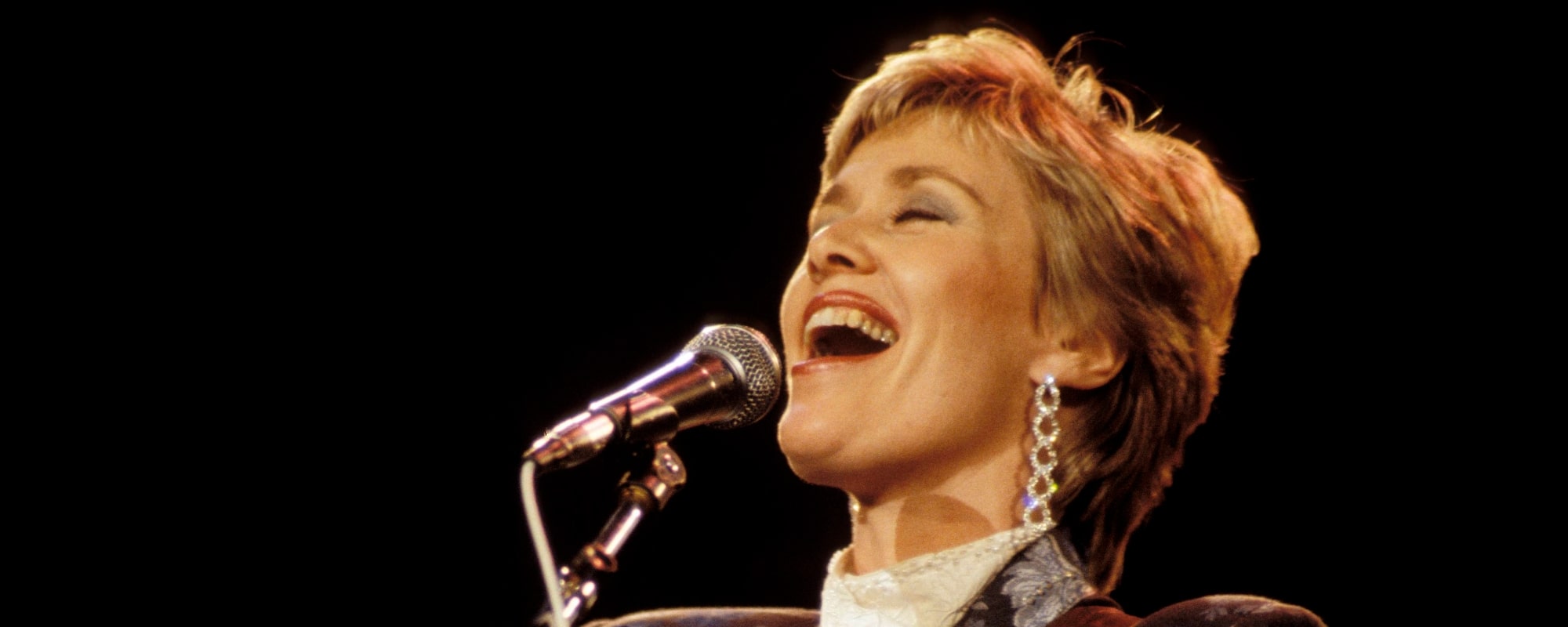
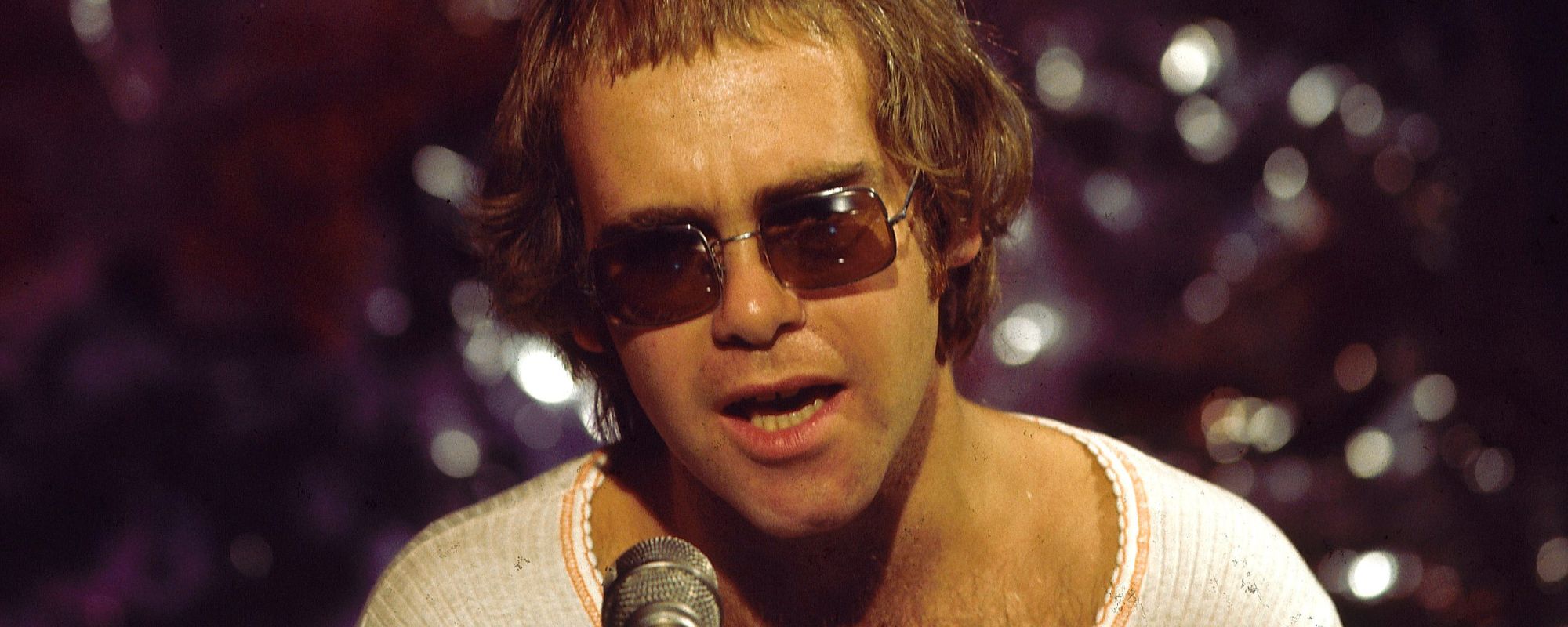
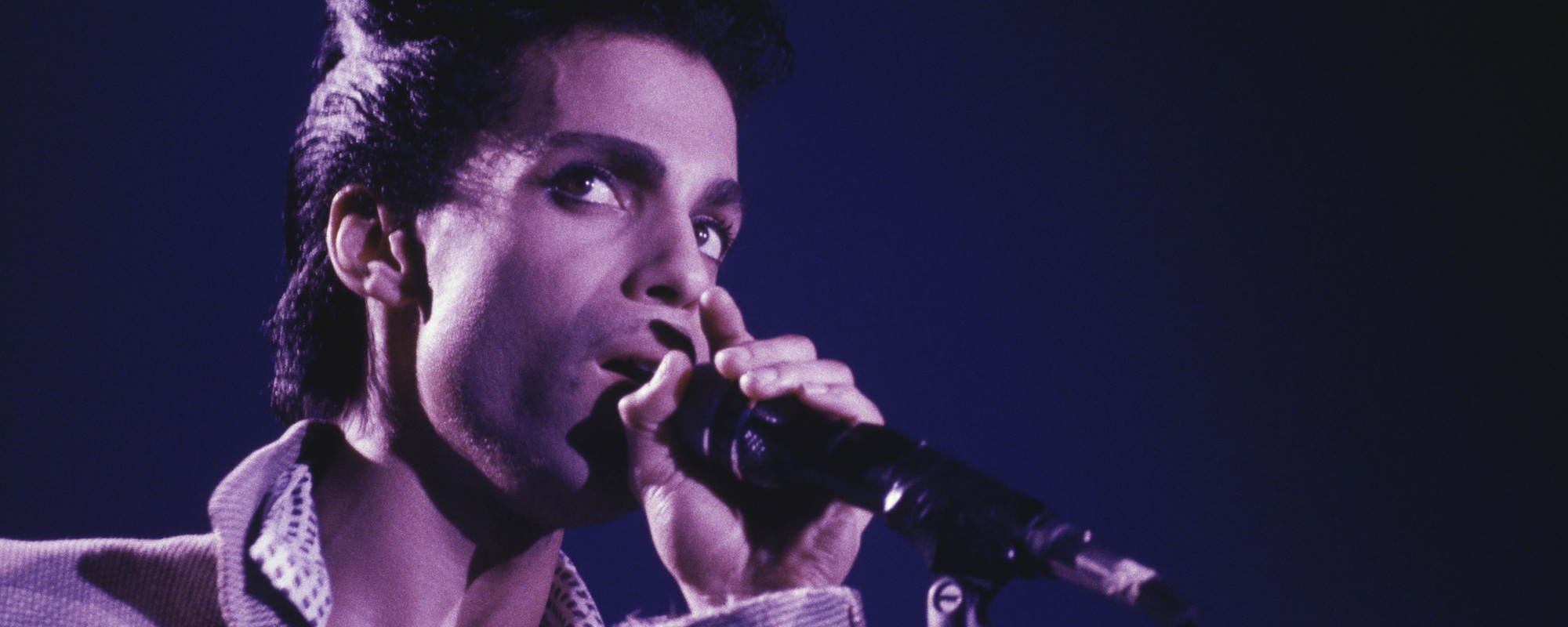

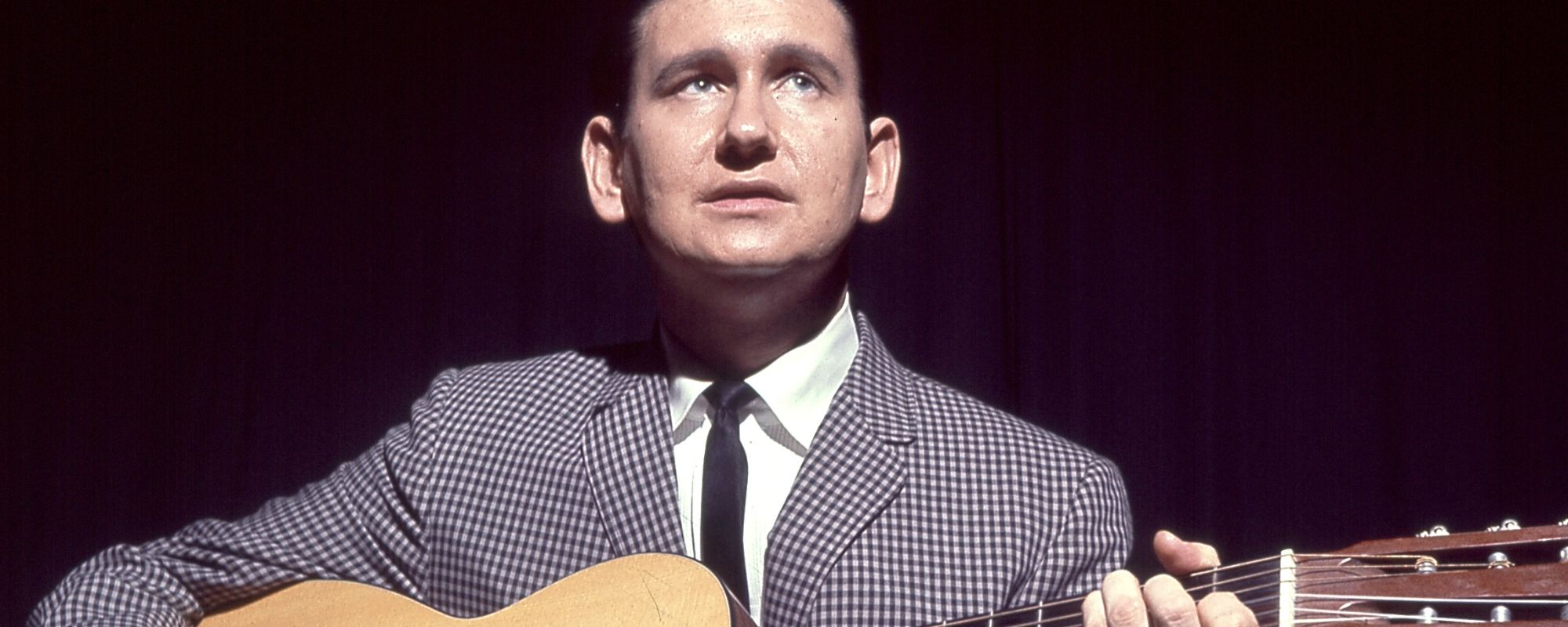
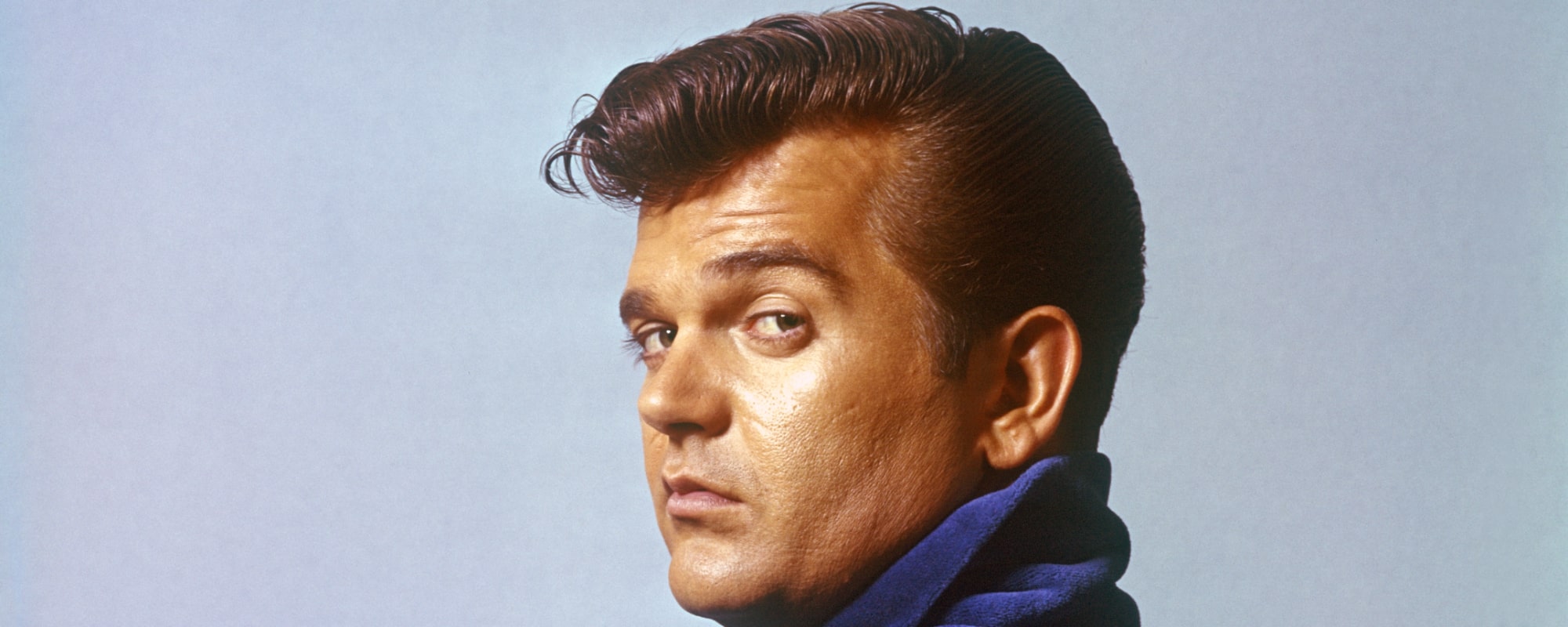
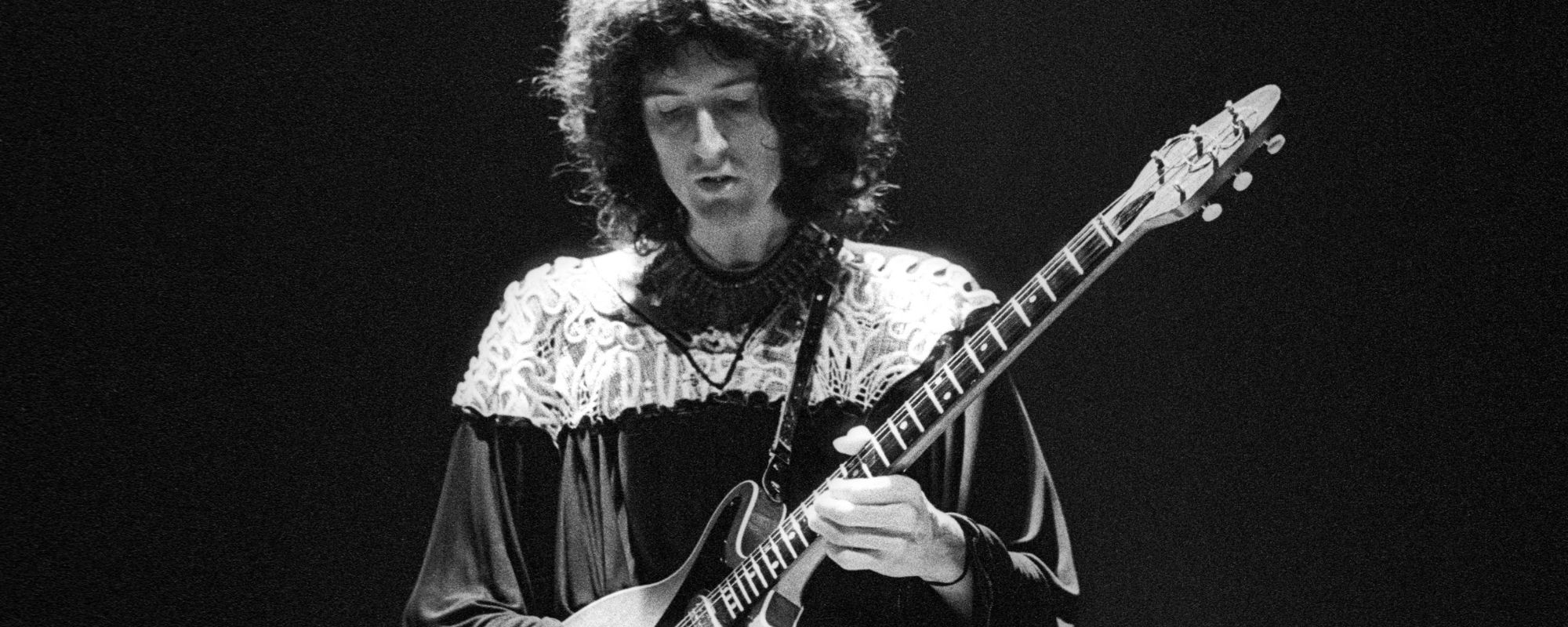
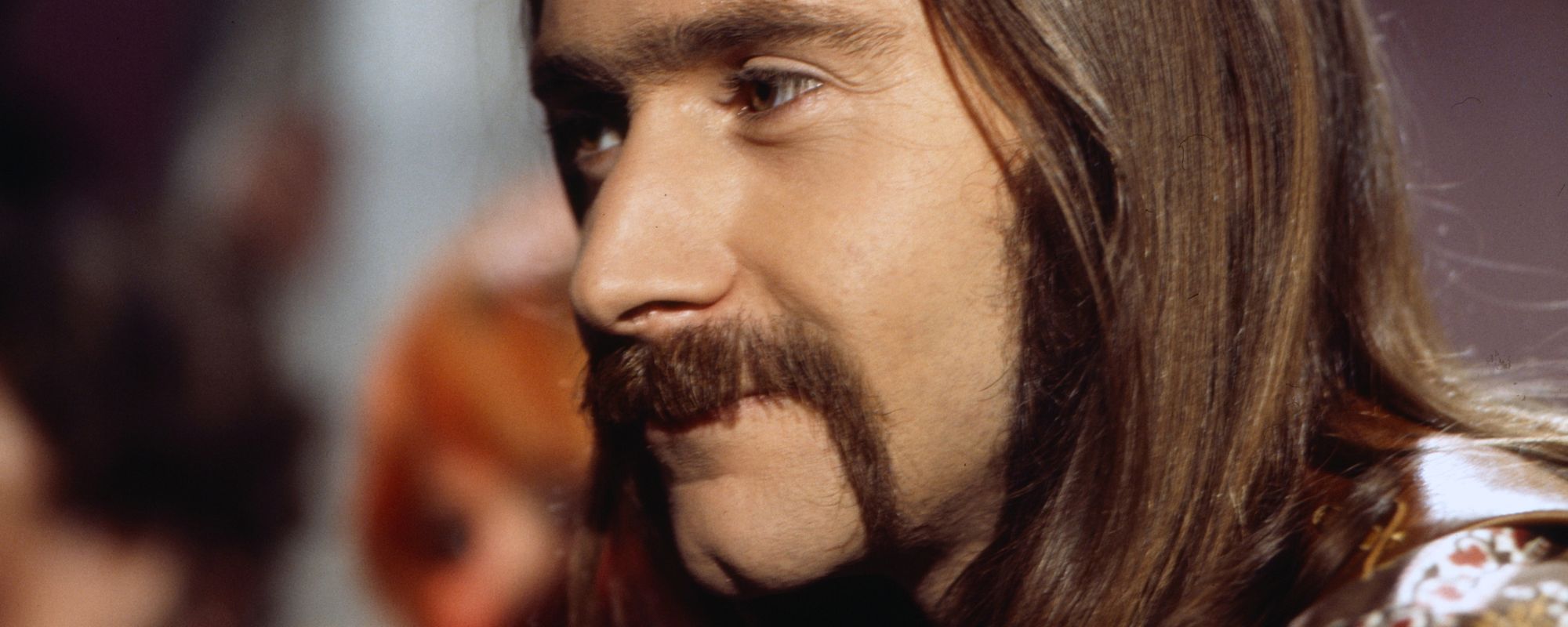
Leave a Reply
Only members can comment. Become a member. Already a member? Log in.